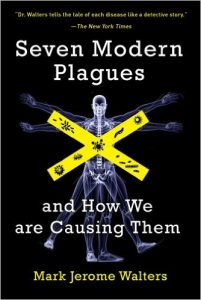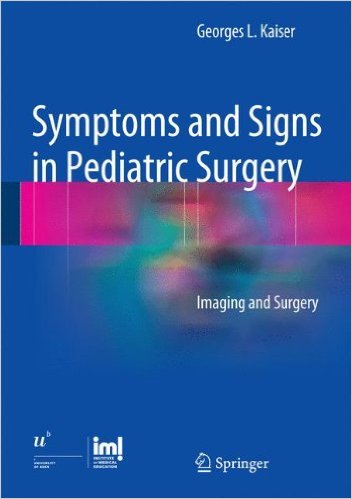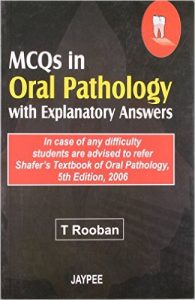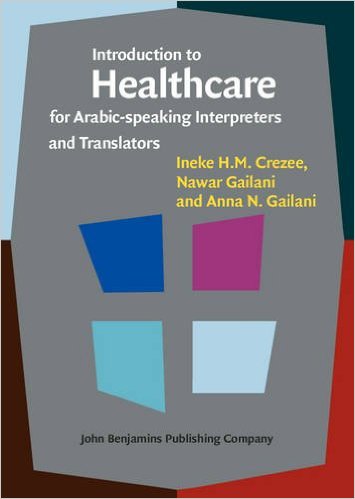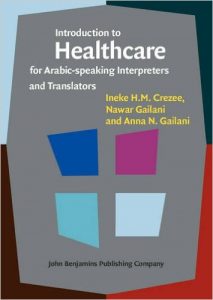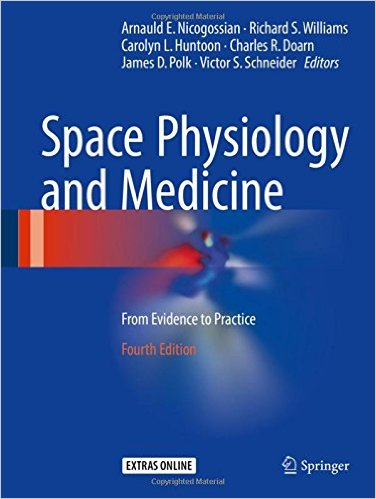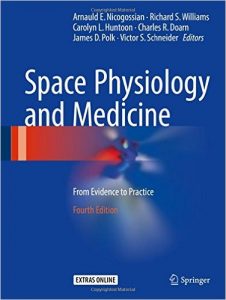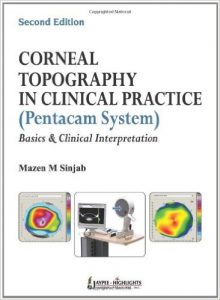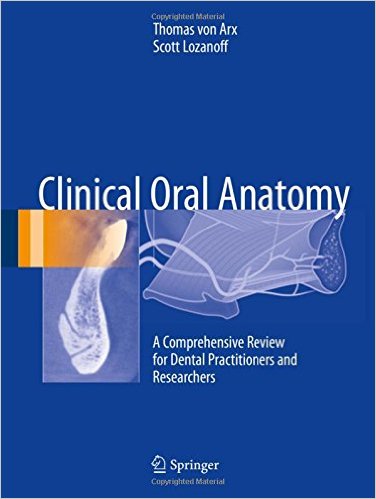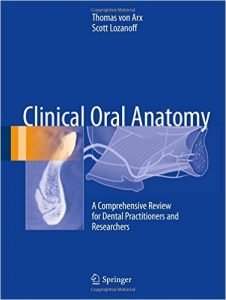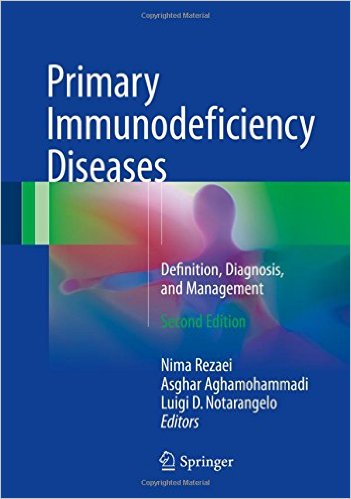Fundamentals of Diagnostic Radiology – 4 Volume Set (Brant, Fundamentals of Diagnostic Radiology) Fourth, in four volumes Edition
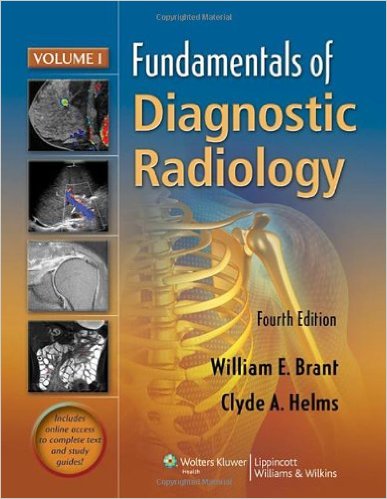

[amazon template=iframe image2&asin=1608319121]
This fully revised edition of Fundamentals of Diagnostic Radiology conveys the essential knowledge needed to understand the clinical application of imaging technologies. An ideal tool for all radiology residents and students, it covers all subspecialty areas and current imaging modalities as utilized in neuroradiology, chest, breast, abdominal, musculoskeletal imaging, ultrasound, pediatric imaging, interventional techniques and nuclear radiology. New and expanded topics in this edition include use of diffustion-weighted MR, new contrast agents, breast MR, and current guidelines for biopsy and intervention. Many new images, expanded content, and full-color throughout make the fourth edition of this classic text a comprehensive review that is ideal as a first reader for beginning residents, a reference during rotations, and a vital resource when preparing for the American Board of Radiology examinations.
More than just a book, the fourth edition is a complete print and online package. Readers will also have access to fully searchable content from the book, a downloadable image bank containing all images from the text, and study guides for each chapter that outline the key points for every image and table in an accessible format—ideal for study and review.
This is the 4 volume set.
DOWNLOAD THIS BOOK FREE HERE
PART I http://upsto.re/vuspzLy
PART II http://upsto.re/vuvvAS5










